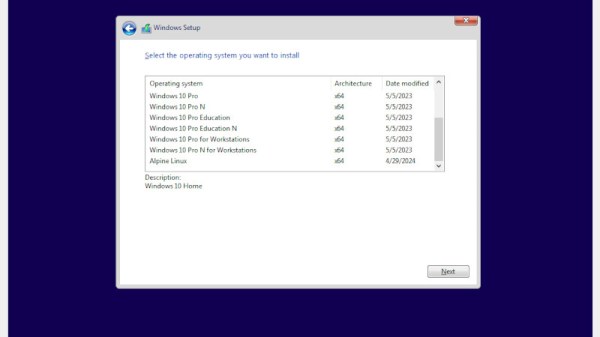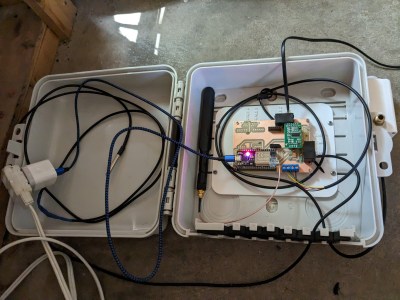It shouldn’t be a surprise that the idea of a planetarium originated with an electrical engineer, [Oskar von Miller] from the Deutsches Museum in Munich. According to [Allison Marsh] in IEEE Spectrum, he thought about the invention in 1912 as a way to demonstrate astronomical principles to the general public. While it seems obvious today that you can project the night sky onto a dome, it was a novel thought in 1912. So novel that the Carl Zeiss company first told [von Miller] to take a hike. But they eventually reconsidered and built the first planetarium, the Model I.
The engineer for Zeiss was a mechanical engineer by the name of [Walther Bauersfeld]. He was familiar with mechanical devices — orreries — that tracked the motion of the stars and planets. The goal was to translate those movements into a moving projection of light.
Continue reading “The History Of The World’s First Planetarium”


















